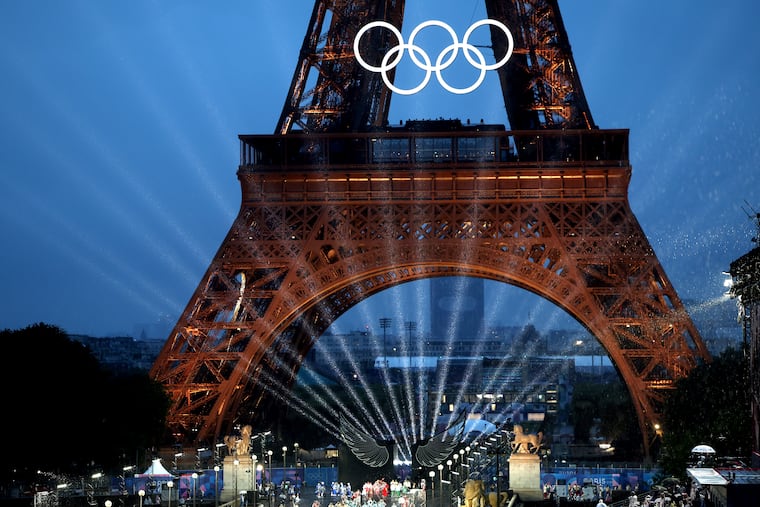Paris dazzles with a rainy Olympics opening ceremony on the Seine River
Widespread travel disruptions triggered by what French officials said were coordinated arson attacks on high-speed rail lines and rains in Paris had dampened the mood ahead of the ceremony.
